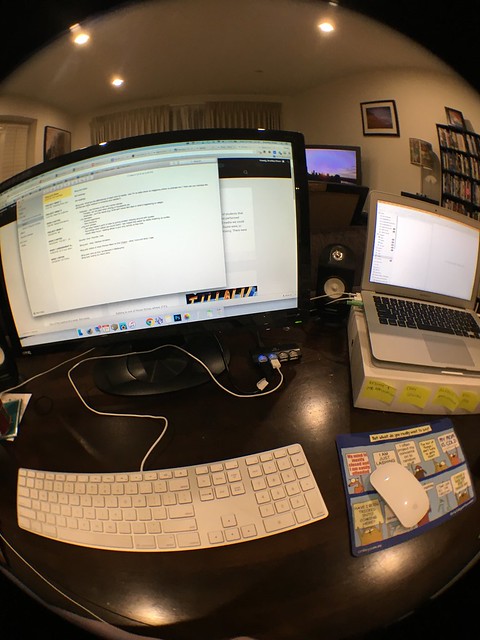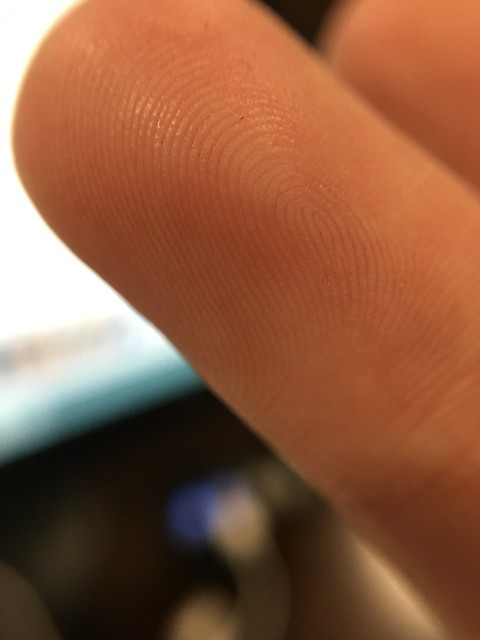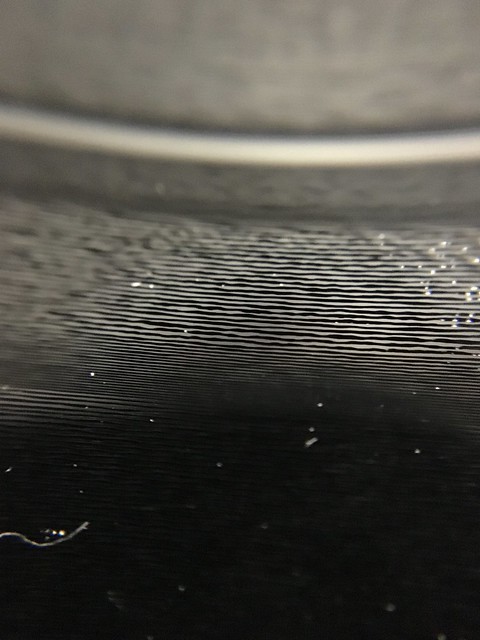One of my favourite things about being at RMIT so far is the way that topics in my elective subjects (Introduction to Cinema Studies, and Music in Popular Culture) tend to correspond in some way with what we’re doing each week in Media 1, so you get to delve into an idea or topic from multiple perspectives.
This week in Music in Popular Culture we discussed how technology has shaped popular music, in particular how recorded sound basically revolutionised the practice of making music in the early 20th century and how home formats (vinyl, cassette, CD) continue to influence music in a multitude of ways long after their obsolescence.
I’m not a musician so I haven’t had much experience with the recording/performance aspects of music, but even as a music fan it’s remarkable just how much my experience as a listener has been shaped by technology. When I was 15 and got a casual job for the first time, I spent my first month’s pay on a Sony Discman and from then on I was basically never separated from it. Everywhere I went my Discman would come with me, and I even used to carry around a hard-case CD wallet that held 88 CDs. Looking back it was hilariously impractical and there’s no way I would bother lugging that much weight around each day now, but at the time it was basically the only choice for people who couldn’t bare walking anywhere without their headphones in.
Today, everyone carries dozens of times more music on their phones than I ever could carry on CD, and they do it without needing to account for a physical storage medium. Untethering the act of listening to music from its physical formats has been as revolutionary for the music industry as the democratisation of the internet — listeners can now be much more liberal with their buying (or downloading) decisions, amassing vastly larger music collections than ever before possible. And with SoundCloud, Bandcamp and similar artist-focused commercial platforms taking off over the last five years, a major beneficiary of this power shift has been small, independent or unsigned artists — those whose commercial viability is too low for the artist to be offered a contract by a major record label, but who can grow a small, self-sustaining cult following and operate in perpetuity outside the traditional commercial pathway.
(For a brutally frank breakdown of just how difficult it was to make enough money to survive in the traditional recording industry framework, read this 1993 polemic by producer and musician Steve Albini.)
This dynamic shift has led to the rise of microgenres and the increasing concentration of music fans into tribes, like fractals of communities that become more and more distilled the closer you look. With literally the entire history of recorded popular music at people’s fingertips — and without the need to have a radio DJ or television video clip program play their favourite music for them to hear it — people are now seeking out exactly the music that interests them, only the music that interests them, and nothing else. If you want to listen to nothing but cloud rap, bubblegum bass or blackgaze all day every day, you absolutely can.
For makers this can be both a blessing and a curse (and increased availability clearly makes it more difficult for any creator to be heard above the crowd), but as long as an artist makes music that appeals to at least a small subset of the music community, with the help of the internet they can now connect with that group and sustain their work as an artist much easier than ever before.
This shift doesn’t seem to have yet translated to filmmaking, though cinema tends to lag behind music in major paradigm changes generally, but I can imagine a future in which the Hollywood studio system has collapsed under the weight of billion-dollar budgets and in its wake has risen a new independent cinema, built on the back of technological advancement and cheap online distribution. This could be the world that my classmates and I graduate into, and it’s something that I think we need to keep an eye on as we move through our degree and out into the real world of media production. Perhaps we shouldn’t just be hoping to get a job as a cog in the machine that is the media industry, when we could be looking forward to a future as creators and artists answering to no one but our own audience.





